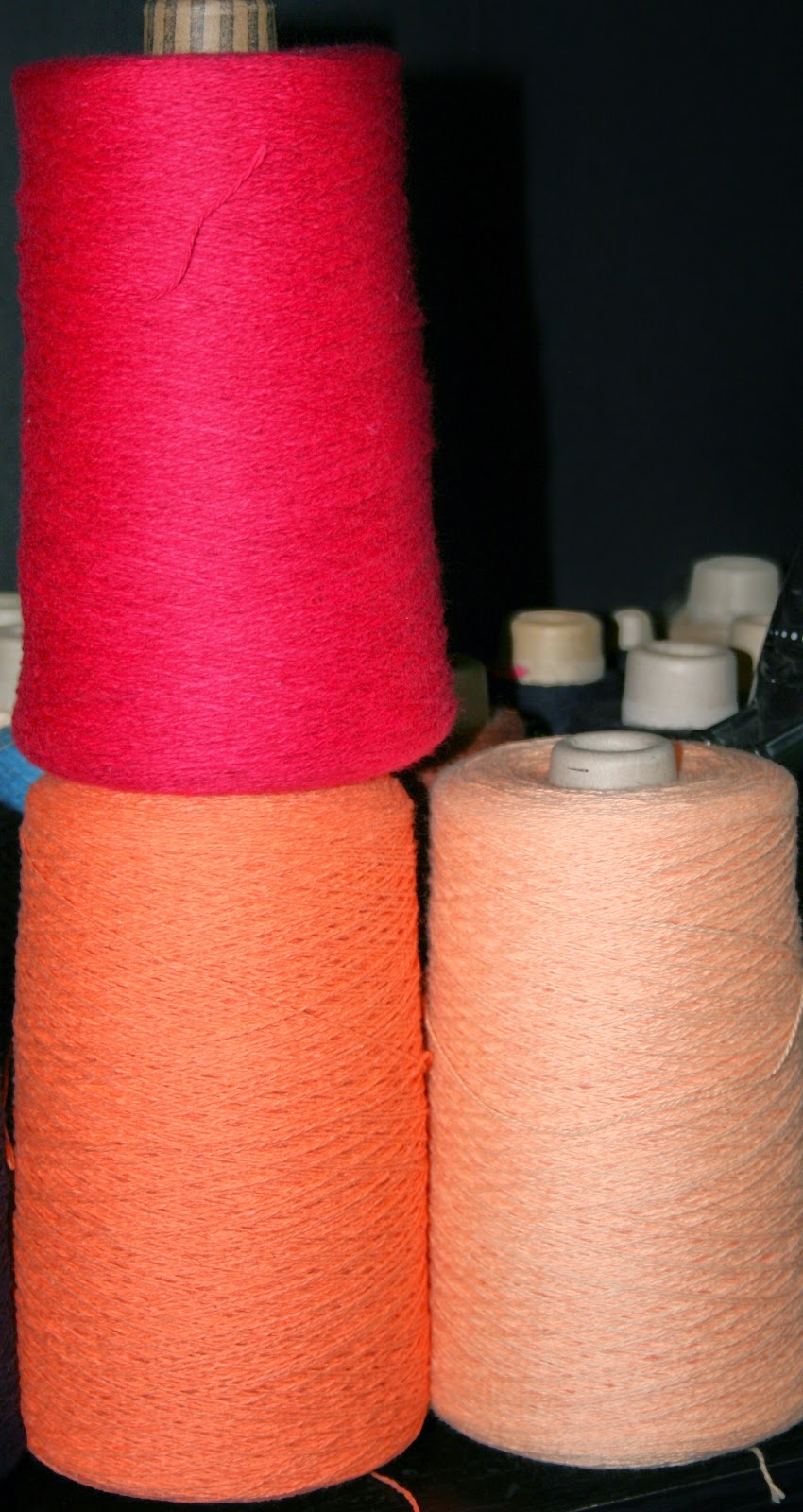Geeky Art - Fibonacci
Most people, when they consider art, very rarely consider science. For most people, indeed, the two fields of Arts and Sciences are on opposite sides of the spectrum. They are as equally opposite as reason and emotion are. Art is emotional, not logical; science is logical, not emotional.
I happen to come from a family balanced in art and science, much to my chagrin in school. I tended towards literature, history and, of course, art. I did well in my science classes, and okay in math, but I struggled the older I grew because the math became more difficult.
Oddly enough, I still enjoyed science and math, I just didn't understand it. Only until recently, did I realize part of my trouble with my math and science classes was the application of it - I didn't understand the why, so I couldn't memorize the equations.
Art owes a great deal to science, even as science owes a great deal to art. There are stories of serendipity from science even as there proven facts in art. Think of the story of Archimedes taking a bath, and realizing that water displacement could be used to measure the weight of a gold crown. On the flip side of this, think of the beautiful perspective in many paintings using mathematical understanding.
Personally, I like the beauty of art. Type fractals into a search engine, and take a look at the beauty of science. Over the course of my life, I return to the mathematical elements to find inspiration for my art whether that art is weaving or writing.
In the photograph above, I used the Fibonacci Numerical Sequence (1, 1, 2, 3, 5, 8, 13, 21, ...) to create a scarf in black and orange. Mind you, it was October when I created the item, so I chose only the two colors. It was pretty, but I wasn't all that impressed by the subsequent designs.
Recently, I returned to the concept, but changed the concept slightly: three colors, monochrome.
In the new warp, I chose three shades of purple: plum, pansy and lavender. Alternating the pansy between the other two colors, it developed an interesting undulating pattern. In this warp, (as opposed to the scarf above) I kept only one weft color, the middle shade of pansy. Interestingly enough, it blends well with the other two colors, muting the lavender, but not quite matching the plum.
I'm only recently learning how to apply the beauty of math into the woven pieces I create. It'll be fun to see how the designs show up in skirts, ponchos and other elements.
What other ways have you used science in your arts?
I happen to come from a family balanced in art and science, much to my chagrin in school. I tended towards literature, history and, of course, art. I did well in my science classes, and okay in math, but I struggled the older I grew because the math became more difficult.
Oddly enough, I still enjoyed science and math, I just didn't understand it. Only until recently, did I realize part of my trouble with my math and science classes was the application of it - I didn't understand the why, so I couldn't memorize the equations.
| Halloween Fibonacci Scarf |
Personally, I like the beauty of art. Type fractals into a search engine, and take a look at the beauty of science. Over the course of my life, I return to the mathematical elements to find inspiration for my art whether that art is weaving or writing.
In the photograph above, I used the Fibonacci Numerical Sequence (1, 1, 2, 3, 5, 8, 13, 21, ...) to create a scarf in black and orange. Mind you, it was October when I created the item, so I chose only the two colors. It was pretty, but I wasn't all that impressed by the subsequent designs.
Recently, I returned to the concept, but changed the concept slightly: three colors, monochrome.
 |
| Fibonacci Wrap |
I'm only recently learning how to apply the beauty of math into the woven pieces I create. It'll be fun to see how the designs show up in skirts, ponchos and other elements.
What other ways have you used science in your arts?


Comments
Post a Comment